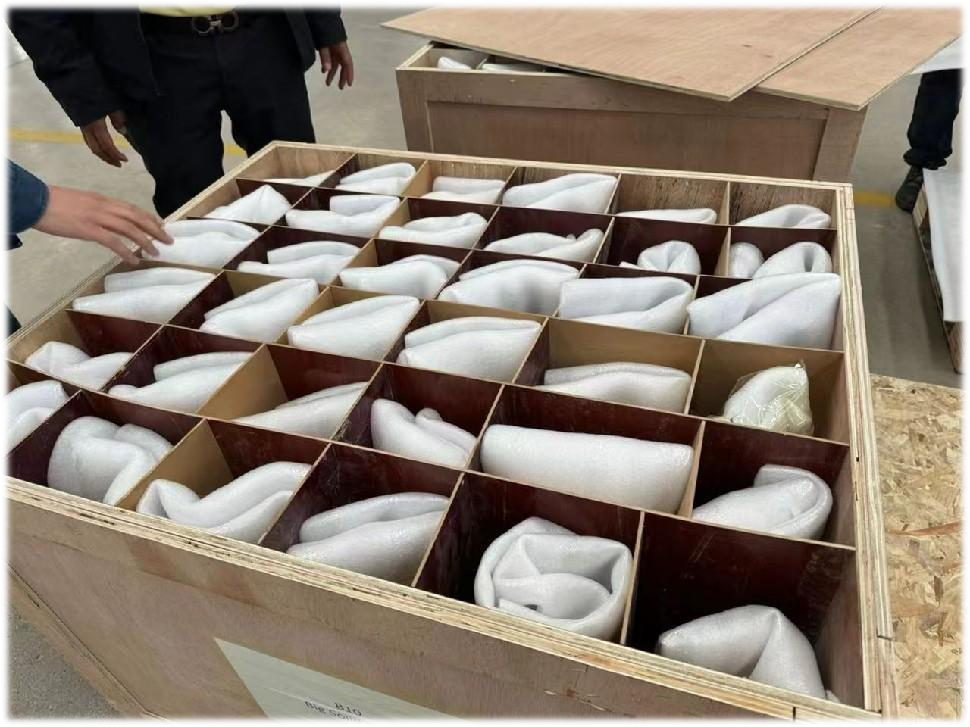1.Introduction to reverse development
Reverse research and development, for us is to study and manufacture according to the sample, and dismantle the components and structure. It’s like taking apart a toy, looking at the structure and the parts, then trying to assemble it yourself, and finally figuring out how it works. In the field of science and technology, reverse research and development refers to dismantling, analyzing and testing existing products to understand their design principles, manufacturing processes and technical details, so as to obtain new design inspiration, improve existing products, or develop similar new products.
2.Product decomposition and analysis
- Product disassembly: disassemble the product into various parts and observe its structure, material, surface treatment and other details.
- Data collection: Measurement of each component, recording size, shape, material and other data.
- Functional analysis: Analysis of the function of each component of the product and the relationship between them.
- Model reconstruction: Using 3D modeling software to reconstruct the digital model of the product based on the collected data.
- Design analysis: Structure analysis, strength analysis, motion analysis of the model, etc., to verify the rationality of the design.
- Parameter optimization: According to the analysis results, the design is optimized to improve the performance and reliability of the product.

3. mold production
- 3D model reconstruction: According to the measurement data, the digital model of the blade is reconstructed using 3D modeling software, and the details are corrected to ensure the accuracy of the model.
- Metal mold production,Wax mold production,: The use of CNC machine tools, EDM and other equipment, according to the design drawings to process the mold, the mold heat treatment, improve the mold hardness, strength and wear resistance, the completed mold size inspection, surface finish inspection, structural strength inspection, etc., to ensure that the mold meets the design requirements.preparation for the subsequent casting
4.Casting link
- Making sand shell mold: Our process is to prepare a suitable mold, sand the core, and make the pouring system.
- Vacuum casting: Select the right metal material, select according to the performance requirements of customers’ blades, and perform vacuum melting casting
- The blank production is completed and manual inspection is carried out


5.the product machining, we will choose the appropriate machining equipment according to customer requirements, within the tolerance allowed by the customer for reasonable machining and surface treatment
6.After the machining is completed, we will issue a test report on the product. For the turbine blade casting of our power plant project in Iraq, we need to issue a qualified report on its quality, etc., and actively feedback to the Iraqi customer to ask if he has other opinions.
7.After passing the test, we will choose the packaging and transportation method suitable for the current product, packaging and deliver.


If you need reverse development services, you can contact us, we have rich experience and advanced equipment.
